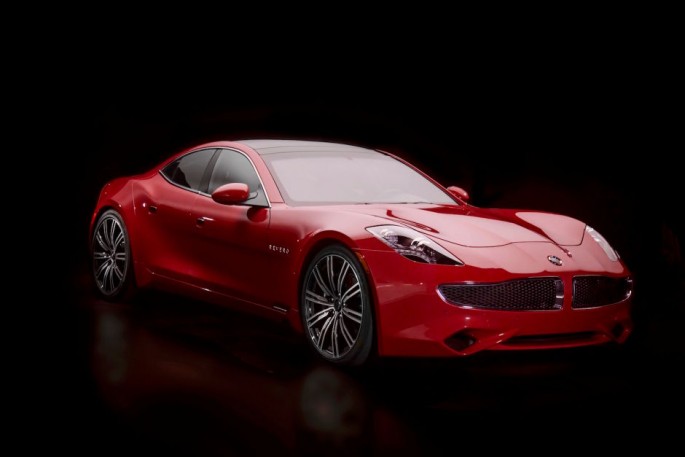Karma's sun-powered electric vehicle with its solar roof looks very similar to Fisker Automotive's 2012 green car. Chinese auto parts company Wanxiang bought Karma in 2014 and upgraded the original design of Fisker's solar hybrid. The Revero will be introduced to the public in weeks and the car company's owner recently gave some hints about major changes to the electric vehicle (EV).
Fisker went bankrupt in late 2013. Wanxiang then bought some assets of the California-based company in early 2014.
The company first took up the issue of the car's badges. Karma's website explains that each badge will be hand-painted onto the electric sedans. The car company claims it is the first time it has been done one by one, according to Autoweek.
Karma also noted that the auto's solar roof can produce enough energy to power the whole car. It would be the first vehicle sold in the United States to have that feature.
Karma's claim is true in terms of powering the drivetrain battery. The Fisker Karma had a solar roof that juiced up the car's interior electrical systems.
However, the green car company has not shared how long it will take for the auto's solar panels to fully charge the battery. It also has not reported the auto's range on a sunny day.
Fisker's solar car had to sit in an open space of a sunny region for one week to get only 2 miles (3.2 km) of range. It seems solar-powered cars are not ready for an epochal challenge to autos powered by charging stations or fossil fuels.
Another major change to the new Karma car is the infotainment system. The company describes it as basic and beautiful.
There are still some question marks about the new EV such as the all-electric range. A small gas motor will probably power the electric engines like the original design.
The first Fisker Karma had an all-electric range of 32 miles (51.5 km), and the new version is unlikely to pass the 107-mile (172-km) range of Nissan Leaf.
Karma's Revero is set to go on sale in late 2016 at 10 North American locations.
In related news, General Motors has described its 2017 Chevrolet Bolt EV as a way to boost the carmaker's urban sales, according to Green Car Reports. CEO Mary Barra has explained it will be more popular in US cities than suburbs.
The Bolt's cabin is equal to the size of the Tesla Model S. However, it also has a small footprint and high-end web connectivity.
Here's the original Karma EV:



























